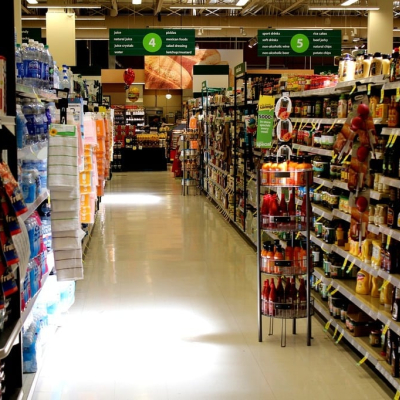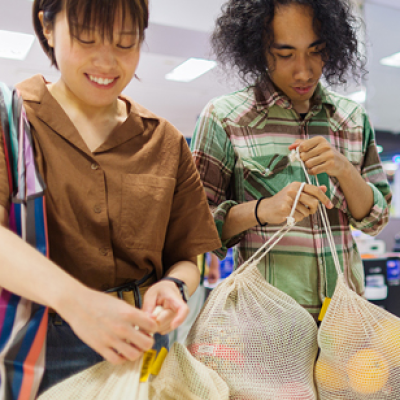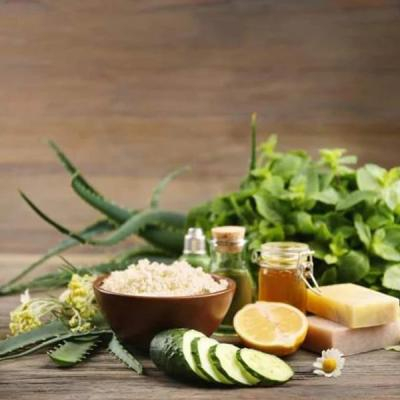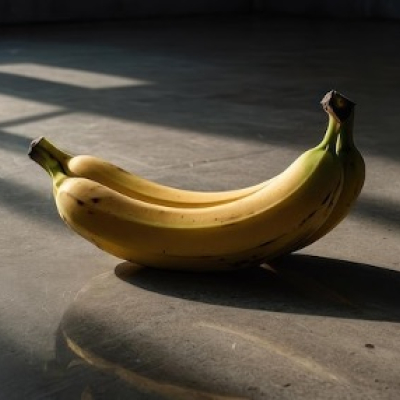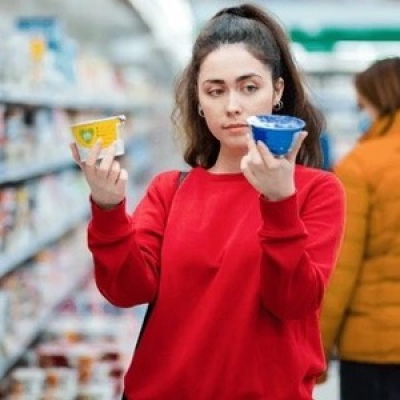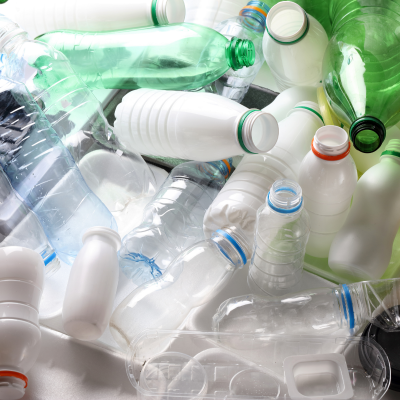Product departments across the board experienced store brand market share gains last year, according to PLMA’s 2024 sales data from Circana Unify+.
Store brand unit share increased in all nine departments, with the best gains in General Food (+0.7%), followed by Beverages, General Merchandise and Home Care, all +0.5%. Store brand unit share is highest in General Merchandise, at 41.4%; then Refrigerated (38.4%); Frozen (27.5%) and Health (25.5.%).
In store brand dollar share, the leading gains were recorded in Frozen (+0.6%); General Food (+0.5%) and General Merchandise (+0.4%). Top store brand dollar shares are in Refrigerated (36.4%); General Merchandise (33.4%); and Frozen (25.9%).
Store brand expansion occurred across the store. The products racked up dollar sales gains in 129 of 167 edible categories (77% of them) and unit sales improvements in 118 (71%). Among 153 non-edible categories, dollars grew in 79 (52%) and units were up in 85 (56%).
Total store brand sales for 2024 surpassed a quarter trillion dollars, coming in at $271 billion, establishing an all-time high in annual revenue. Sales of store brand units were 67.4 billion, also a record.
Annual sales of store brands increased by $51.7 billion, or plus 23.6%, over the past four years while unit sales moved ahead 2.1%, or up 1.4 billion. Over the same period, national brands gained 11.5% in annual dollar sales but slumped -6.8%, or down 16.2 billion, in units.
One of four grocery products purchased in the U.S. during 2024 carried the store's name or one of its proprietary brands.
Dollar sales increased 4x that of national brands last year as the products powered ahead 3.9% compared to a gain of only 1% for their branded counterparts. Looking at unit sales, the disparity was similar. Store brands advanced 2.3% versus the figure for all of 2023 while national brands fell -0.6%.
Departmental sales provide a broad picture of the 2024 numbers. All ten food and non-food sections finished ahead of the prior year in dollar sales with the two largest -- Refrigerated (+ 7.5%) and General Food (+4.3%) -- gaining the most. In unit sales, nine of ten improved, led by Beverages and Pet Care, both 3.5%.
